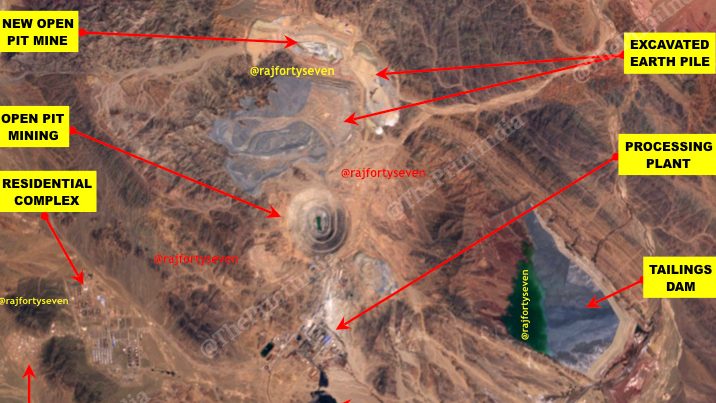
China has emerged as a big player in mining in the restive Balochistan province of Pakistan | Col. Vinayak Bhat (Retd), The Print.
China has emerged as a major player in mining in the restive Balochistan province of Pakistan and is suspected to be helping Islamabad surreptitiously export tons of gold from there.
Despite being rich in minerals, Balochistan, the largest Pakistani province by area and the site of an active movement for independence, remains poor.
Reports says that as home to the Gwadar port, it is central to the China-Pakistan Economic Corridor (CPEC), one of the flagship projects of Beijing’s showpiece Belt & Road Initiative (BRI), but reportedly has little to gain from the multi-billion-dollar initiative.
All Pakistani governments are believed to have consistently exploited the natural resources of Balochistan to benefit Punjab province alone.
Report says that during the discussions for the sales of the M-9 and M-11 missiles to Pakistan, China asked for a 20-year lease to the mineral-rich areas of Chagai in Balochistan.
The deal was concluded, and around 84 missiles delivered to Pakistan in 1993.
Nuclear physicist Samar Mubarakmand played a key role in shepherding both deals. He was later appointed director of the National Development Complex, involved in Pakistan’s nuclear development, at Fatehjang, where he started the infamous Shaheen programme.
The Tethyan Copper Company, with engineers of the state-owned Metallurgical Corporation of China (MCC), had started surveying the mining areas much before the missile deal was concluded.
These engineers found traces of copper and gold at two places in Balochistan province, at Sandak and Reko Diq.
ThePrint analyses the progress of these areas through satellite imagery to understand China’s gold mining operations in Pakistan.
In 1995, the first trial excavations for four months yielded almost 200 kg of gold and 1,700 tonnes of copper, with estimates pegging the area’s total ore reserves at more than 5.9 billion tonnes.
Pakistan, having realised that the deal was a great loss to the government, withheld a lease to Tethyan Copper Company, a joint venture of two firms based in Chile and Canada, which had to subsequently stop all mining activities.
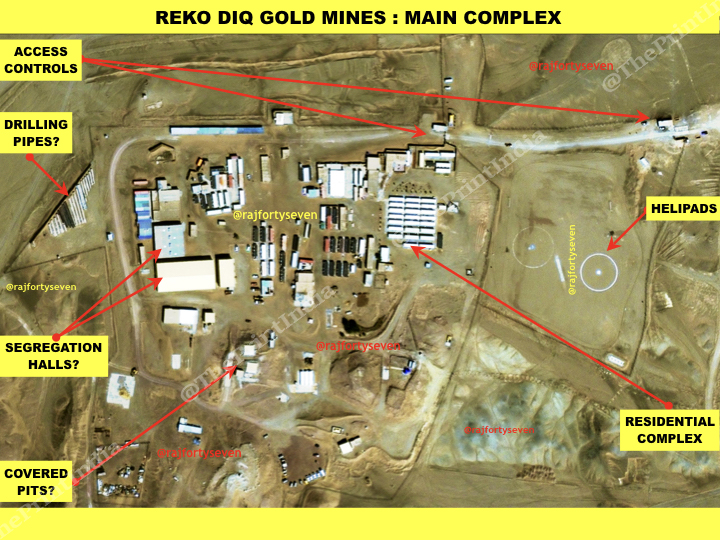
The key Pakistani witness was again Samar Mubarakmand, who claimed that the government can now benefit more from extracting copper and gold without seeking assistance from foreign companies.
The Chinese, however, continued surveying and mining the area with the tacit approval of officials in the Pakistani government.
This is also evident from the satellite imagery, which shows the Tethyan Copper Company areas abandoned but the Chinese part of Reko Diq functional and growing after 2014.
It is learned that a fresh lease has been given to a Chinese company under the MCC for 10 years up to 2023. The details of the contract are very sketchy.
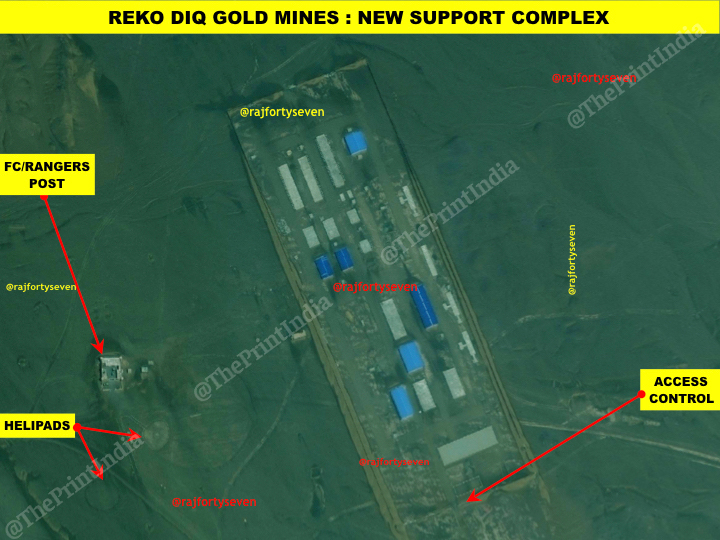
Report further says that the Chinese company under MCC started digging for an open-pit gold mine in 1995 at a place called Sandak about 30 km North of Koh-i-Taftan on the Iran-Pakistan border.
The estimated gold reserves at Sandak are almost to the tune of 6 lakh kg, which is almost 20 times higher than at Reko Diq.
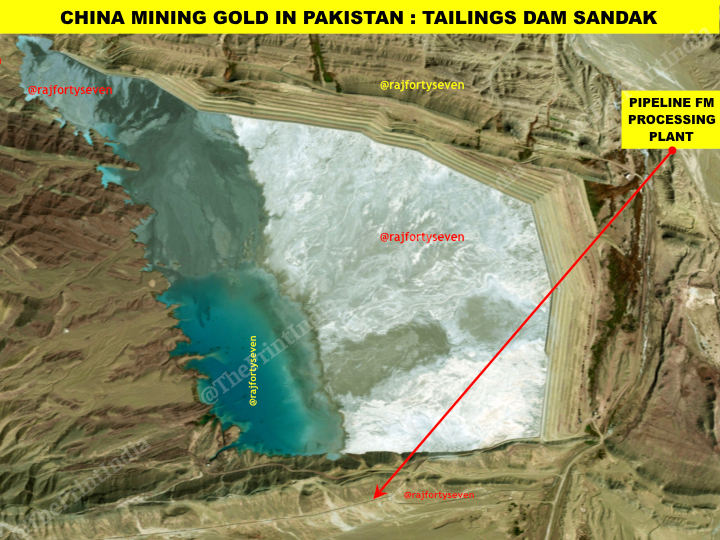
Gold mining requires specially trained, very skilled and trustworthy manpower. The Chinese company employs locals only for driving and external security duties, with the internal mining and processing handled by Chinese staff.
This becomes evident from the special residential complex built for trusted staff, and the dilapidated village accommodation set up for local staff.
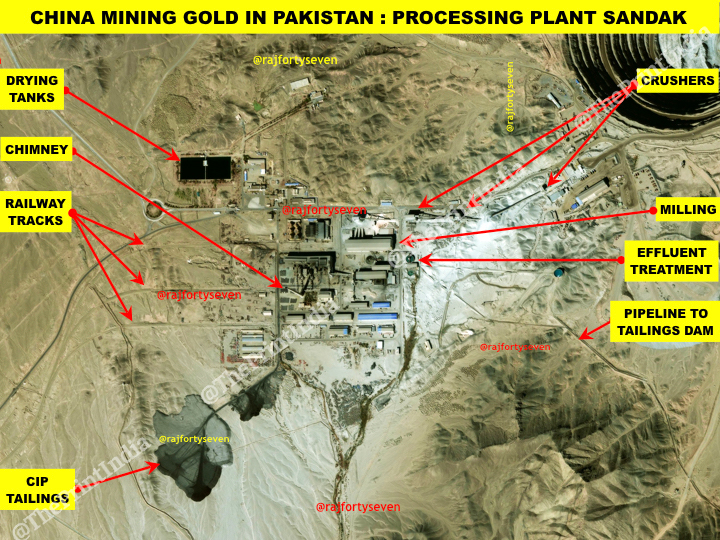
The main complex has an open pit where a number of large mechanical excavators are observed working. The excavated earth is piled to the north of the open pit, making it easy to calculate the amount of ore extracted from the mine.
The processing plant has a number of crushers, a milling plant, leaching tanks, CIP (carbon in pulp) absorption etc, which are involved in the cynidation process. The signatures indicate a possible electrolytic desorption system as well.
There is a large tailings dam at the southwest corner of the complex. The study of reflectance and DN [digital number] values of the ore dump on latest satellite images indicates that it contains more gold than estimated earlier.
Recent images indicate that a new open-pit mine started excavations from March 2017 onwards, north of the old open pit.
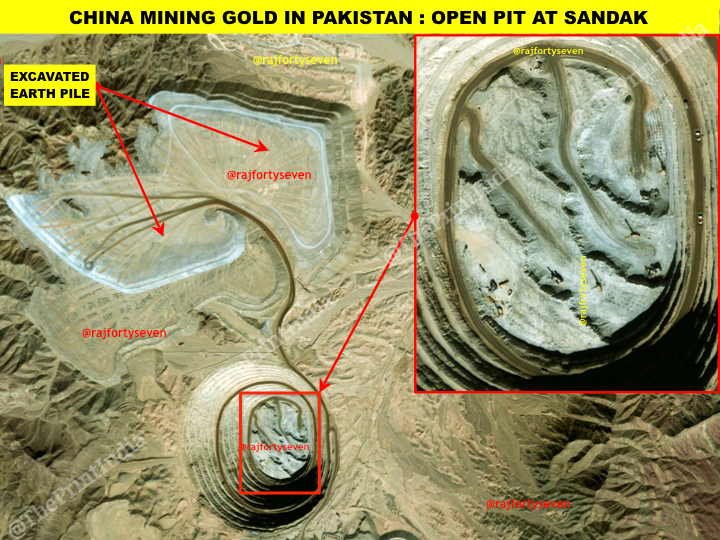
It states that the security for the two sites is probably provided by the frontier corps of Pakistan Army and/or the Baloch Rangers.
A number of posts are seen around the two main complexes, covering areas marking the entry and exit. The small posts have wire fencings and larger posts have solid walls as fencing.
Although connected with three railway tracks, the Sandak processing plant uses trucks for transportation to the Gwadar or Karachi port.
Both Sandak and Reko Diq are connected with small airstrips, possibly for the export of processed ore. These airstrips are unlisted, indicating that flights to the locations cannot be monitored.
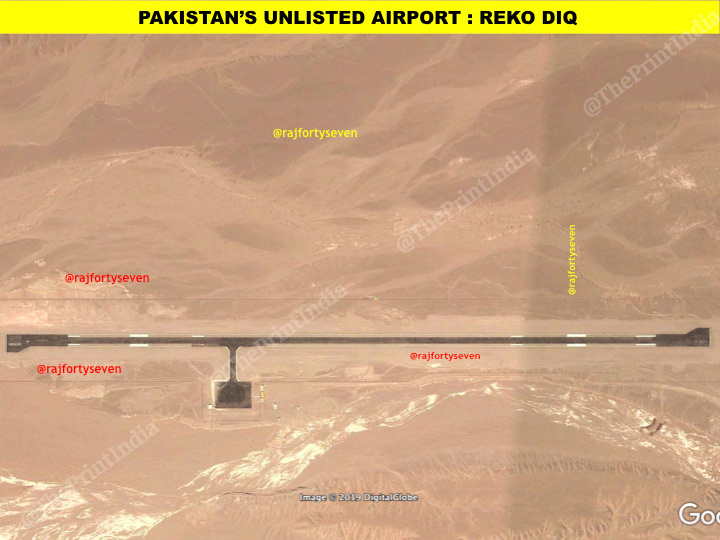
This strongly suggests that speculation about the export of gold without the knowledge of the State Bank of Pakistan may actually be true.






























